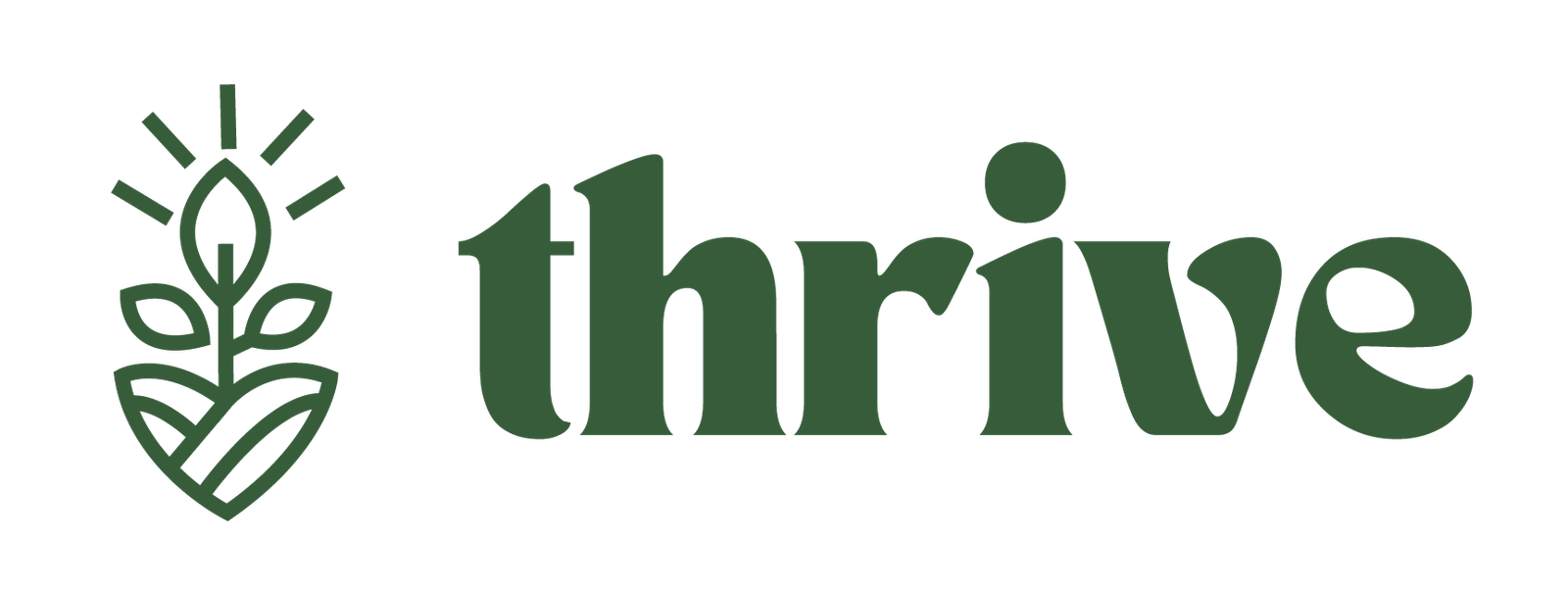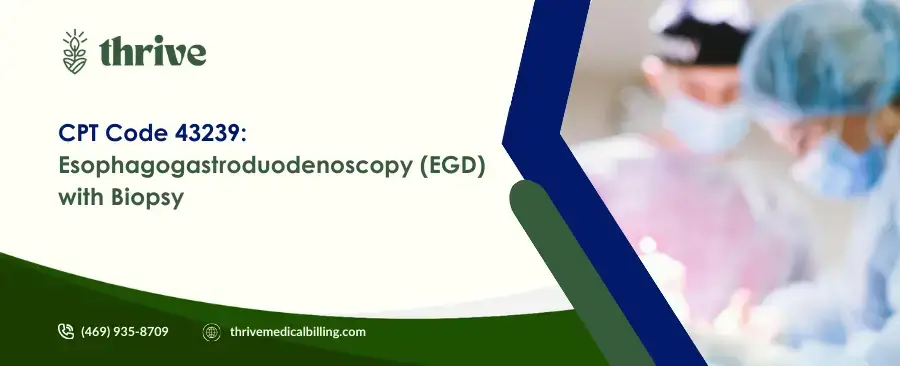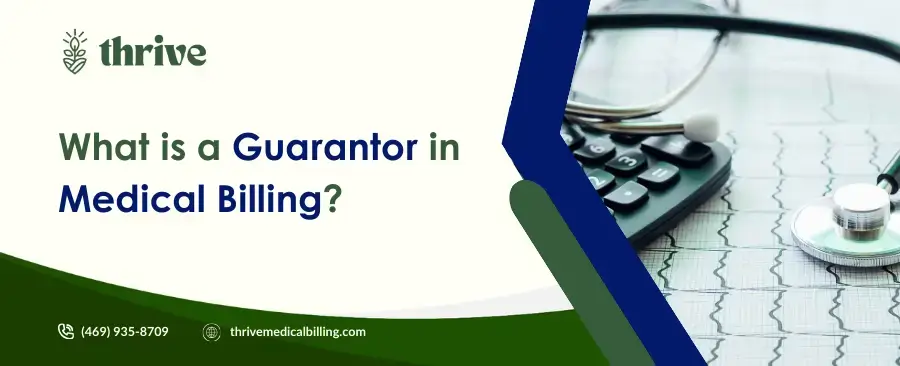Introduction to 43239 CPT Code Description
CPT code 43239 is a procedural code used in medical billing to describe an esophagogastroduodenoscopy (EGD) with biopsy, a diagnostic and therapeutic procedure performed to examine and sample tissue from the esophagus, stomach, and duodenum. This code is part of the Current Procedural Terminology (CPT) system maintained by the American Medical Association (AMA) and is widely used in gastrointestinal procedures by gastroenterologists and other qualified healthcare providers. Understanding the 43239 CPT code description is essential for healthcare providers and billing professionals to ensure accurate billing and avoid issues that lead to claim denials.
This guide provides a detailed overview of CPT code 43239, its applications, modifiers, Medicare reimbursement rates, and strategies to optimize billing for upper endoscopy procedures addressing various gastrointestinal conditions.
What is CPT Code 43239 and Esophagogastroduodenoscopy?
CPT code 43239 represents an esophagogastroduodenoscopy (EGD) with biopsy, a procedure where a flexible endoscope is used to visualize the upper gastrointestinal tract (esophagus, stomach, and duodenum) and obtain tissue samples for diagnostic evaluation. The procedure is performed by a gastroenterologist or trained physician to diagnose conditions such as ulcers, inflammation, or abnormal growths.
Key components of CPT code 43239 include:
- Visualization: Examination of the esophagus, stomach, and duodenum using an endoscope.
- Biopsy: Removal of one or more tissue samples (via forceps or other instruments) for pathological analysis.
- Physician Supervision and Interpretation: The physician oversees the procedure and interprets findings, which may include immediate therapeutic decisions or further diagnostic workup.
This code is used in outpatient or inpatient settings, such as hospitals, ambulatory surgery centers, or gastroenterology clinics, to address symptoms like abdominal pain, dysphagia, or gastrointestinal bleeding. CPT code 43239 is distinct because it specifically includes the biopsy component, unlike other EGD codes that may not involve tissue sampling.
Procedure Involving CPT Code 43239
The procedure involving CPT code 43239 includes the following steps:
- Patient Preparation: The patient is typically sedated (moderate sedation or monitored anesthesia care) and positioned. The physician reviews the patient’s medical history and indications for the procedure (e.g., abdominal pain, suspected ulcers).
- Endoscope Insertion: A flexible endoscope is inserted through the mouth into the esophagus, stomach, and duodenum to visualize the mucosal surfaces.
- Visualization and Assessment: The physician examines the upper gastrointestinal tract for abnormalities, such as erosions, ulcers, inflammation, or lesions.
- Biopsy: Using biopsy forceps or other instruments, the physician obtains tissue samples from areas of concern for pathological analysis (e.g., to diagnose cancer, Helicobacter pylori infection, or celiac disease).
- Post-Procedure Care: The patient is monitored during recovery from sedation, and the physician documents findings, biopsy details, and any immediate therapeutic actions.
- Pathology Submission: Tissue samples are sent to a laboratory for histopathological evaluation, with results guiding further treatment.
The procedure typically lasts 15–30 minutes, depending on the complexity and number of biopsies. CPT code 43239 covers the professional and technical components of the EGD with biopsy, performed in a single session.
Comparison with Related CPT Codes
CPT code 43239 is part of the esophagogastroduodenoscopy code set, which varies based on the specific procedures performed. Here’s how it compares to related codes:
- CPT Code 43235: Represents a diagnostic EGD without biopsy, used for visualization only, unlike 43239 which includes tissue sampling.
- CPT Code 43248: Covers an EGD with insertion of a guidewire for dilation, distinct from the biopsy focus of 43239.
- CPT Code 43251: Describes an EGD with removal of lesions by snare technique, differing from the biopsy method of 43239.
- CPT Code 43255: Represents an EGD with control of bleeding, not included in 43239.
- CPT Code 43259: Covers an EGD with endoscopic ultrasound, a more specialized procedure than 43239.
Choosing the correct procedural code is critical to ensure accurate billing. For example, billing CPT code 43239 for an EGD without biopsy (43235) or with a different intervention (43248) can lead to claim denials.
Modifiers for CPT Code 43239
Modifiers provide additional context for CPT code 43239 to ensure proper reimbursement. The following modifiers are sourced from the AMA’s CPT Professional Edition and CMS’s National Correct Coding Initiative (NCCI) Policy Manual:
- Modifier 26 (Professional Component): Used when billing only for the physician’s professional services (e.g., interpretation), typically in a facility setting where the technical component is billed separately.
- Modifier TC (Technical Component): Applied when billing only for the technical services (e.g., equipment, staff), though less common with 43239 as it is typically a global code.
- Modifier 59 (Distinct Procedural Service): Denotes a separate procedure on the same day, such as an EGD with biopsy and another gastrointestinal procedure. Use cautiously to avoid unbundling issues, per CMS’s NCCI edits.
- Modifier 51 (Multiple Procedures): Indicates multiple procedures performed during the same session, though payers may apply payment adjustments, per AMA guidelines.
- Modifier 53 (Discontinued Procedure): Applied when the procedure is stopped for safety reasons (e.g., patient intolerance to sedation), as outlined in AMA standards.
- Modifier 99 (Multiple Modifiers): Used when multiple modifiers are needed, per AMA guidelines.
Providers must follow AMA and payer guidelines, including Medicare’s NCCI edits, to avoid errors that lead to claim denials. For example, Modifier 25 is not typically used with 43239, as it applies to E/M services rather than procedural codes like EGD.
Medicare Reimbursement Rates for CPT Code 43239
CPT code 43239 is reimbursable by Medicare, but reimbursement rates vary based on several factors:
- Medicare Physician Fee Schedule (MPFS): The MPFS provides payment rates for CPT code 43239, adjusted by the Geographic Practice Cost Index (GPCI) for regional cost differences, as outlined by CMS.
- Medicare Administrative Contractors (MACs): Regional MACs may impose specific billing rules or coverage criteria, such as Local Coverage Determinations (LCDs) for gastrointestinal procedures.
- Facility vs. Non-Facility Rates: Non-facility rates (e.g., ambulatory surgery centers) are higher to account for equipment and staff costs, while facility rates (e.g., hospitals) are lower, per the CMS MPFS.
- Bundling Considerations: Medicare may bundle CPT code 43239 with related codes (e.g., moderate sedation codes like 99152) unless distinct services are documented, per CMS’s NCCI Policy Manual.
To verify reimbursement rates for 2025, providers should:
- Check the MPFS on the Centers for Medicare & Medicaid Services (CMS) website.
- Consult their regional MAC for specific coverage policies and billing rules.
- Use coding tools like AAPC Coder or Kareo for rate estimates.
Accurate documentation of medical necessity, such as symptoms like dysphagia, gastrointestinal bleeding, or abdominal pain, is critical for Medicare reimbursement, per CMS’s Medicare Claims Processing Manual.
Conditions Evaluated with CPT Code 43239
CPT code 43239 is used to evaluate a range of gastrointestinal conditions through esophagogastroduodenoscopy with biopsy, including:
- Gastroesophageal Reflux Disease (GERD): To assess esophageal inflammation or Barrett’s esophagus.
- Peptic Ulcer Disease: To diagnose ulcers in the stomach or duodenum and test for Helicobacter pylori via biopsy.
- Celiac Disease: To obtain duodenal biopsies for histopathological confirmation.
- Gastritis or Esophagitis: To evaluate inflammation and identify causes like infection or autoimmune conditions.
- Upper Gastrointestinal Bleeding: To identify sources like ulcers or erosions.
- Suspected Malignancies: To biopsy abnormal growths for cancer diagnosis, such as esophageal, gastric, or duodenal tumors.
The biopsy component of CPT code 43239 allows for definitive diagnosis through histopathological analysis, making it a critical tool in gastrointestinal procedures.
Medical Billing Best Practices to Ensure Accurate Billing
To ensure accurate billing for CPT code 43239 and minimize issues that lead to claim denials, providers should adopt the following medical billing strategies:
- Train Staff: Educate billing staff on the 43239 CPT code description, its differences from other EGD codes (43235, 43248), and appropriate modifiers, using resources like the AMA’s CPT Professional Edition.
- Use EHR Systems: Electronic health records like Epic or Cerner streamline documentation and coding for gastrointestinal procedures.
- Document Medical Necessity: Clearly note the indications (e.g., dysphagia, bleeding), procedure details, biopsy sites, and findings to justify 43239.
- Verify Payer Guidelines: Confirm Medicare and private payer rules for CPT code 43239, especially regarding bundling, modifier use, and coverage for diagnostic vs. therapeutic procedures.
- Conduct Regular Audits: Review claims to ensure compliance with AMA and CMS guidelines, using tools like AAPC Coder or internal audit processes.
These practices optimize revenue cycle management and improve financial outcomes for gastroenterology practices.
Common Errors That Lead to Claim Denials
Billing errors for CPT code 43239 can lead to claim denials, delaying reimbursement. Common mistakes include:
- Incorrect Code Selection: Billing CPT code 43239 for an EGD without biopsy (43235) or with a different intervention (43248, 43251).
- Improper Modifier Use: Applying Modifier 59 without clear documentation of a distinct service or using Modifier 26 inappropriately in a non-facility setting, per CMS’s NCCI Policy Manual.
- Inadequate Documentation: Failing to document medical necessity, biopsy details, or endoscopic findings to support 43239.
- Unbundling Errors: Billing CPT code 43239 with other EGD codes or sedation codes without justification, violating NCCI edits.
- Non-Compliance with Payer Policies: Not adhering to Medicare or private payer rules for procedure indications or frequency.
Providers should verify codes, modifiers, and documentation to ensure accurate billing and avoid denials, aligning with AMA and CMS standards.
Conclusion and Resources
CPT code 43239 is a critical procedural code for esophagogastroduodenoscopy with biopsy, enabling the diagnosis of gastrointestinal conditions like GERD, ulcers, and malignancies in gastroenterology practices. By understanding the 43239 CPT code description, its modifiers, Medicare reimbursement rates, and best practices for medical billing, providers can ensure accurate billing and minimize issues that lead to claim denials. For further guidance, consult:
- CMS Website: For MPFS, NCCI edits, and reimbursement rates.
- American Medical Association (AMA): For CPT code updates and guidelines.
- American College of Gastroenterology (ACG): For resources on gastrointestinal procedures and upper endoscopy.
By staying informed and proactive, healthcare providers can optimize billing for CPT code 43239 and enhance patient care through accurate diagnostic procedures.








